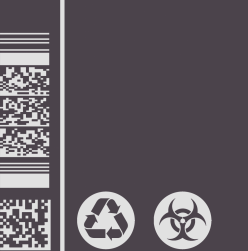
Because the crane to be imported is divided into two parts by me, I use a merge node to merge the two parts. (The merge node can connect multiple objects)
But I want the hook of the crane to move up and down.

So I used a group node to select the points to move.

Then I use a transform node to move the points selected by the group node.
But I need this hook to move up and down. So I used sin( ) to implement this function.

We all know that the value of sin is [-1,1]. And it keeps fluctuating as the axis X Increases.
The crane can now be raised and lowered over time.
Perfect! Now the crane animation is ok.

The next step is to place the cranes between the buildings. The next step is to identify the crane between the buildings. But because the structures are static, I only export the dynamic parts of the scene as an alembic, which can improve performance and reduce equipment requirements.
The next step is to add materials to the scene. This part is also what I am good at. I use the saturation of the colour to differentiate between static and dynamic objects. And in the material, I used a lot of gradients to make the highly saturated colours not look dull.

The octane renderer works well and is fast.

I used an hdr texture to enrich the sky.
Next week I will add birds to the scene.
